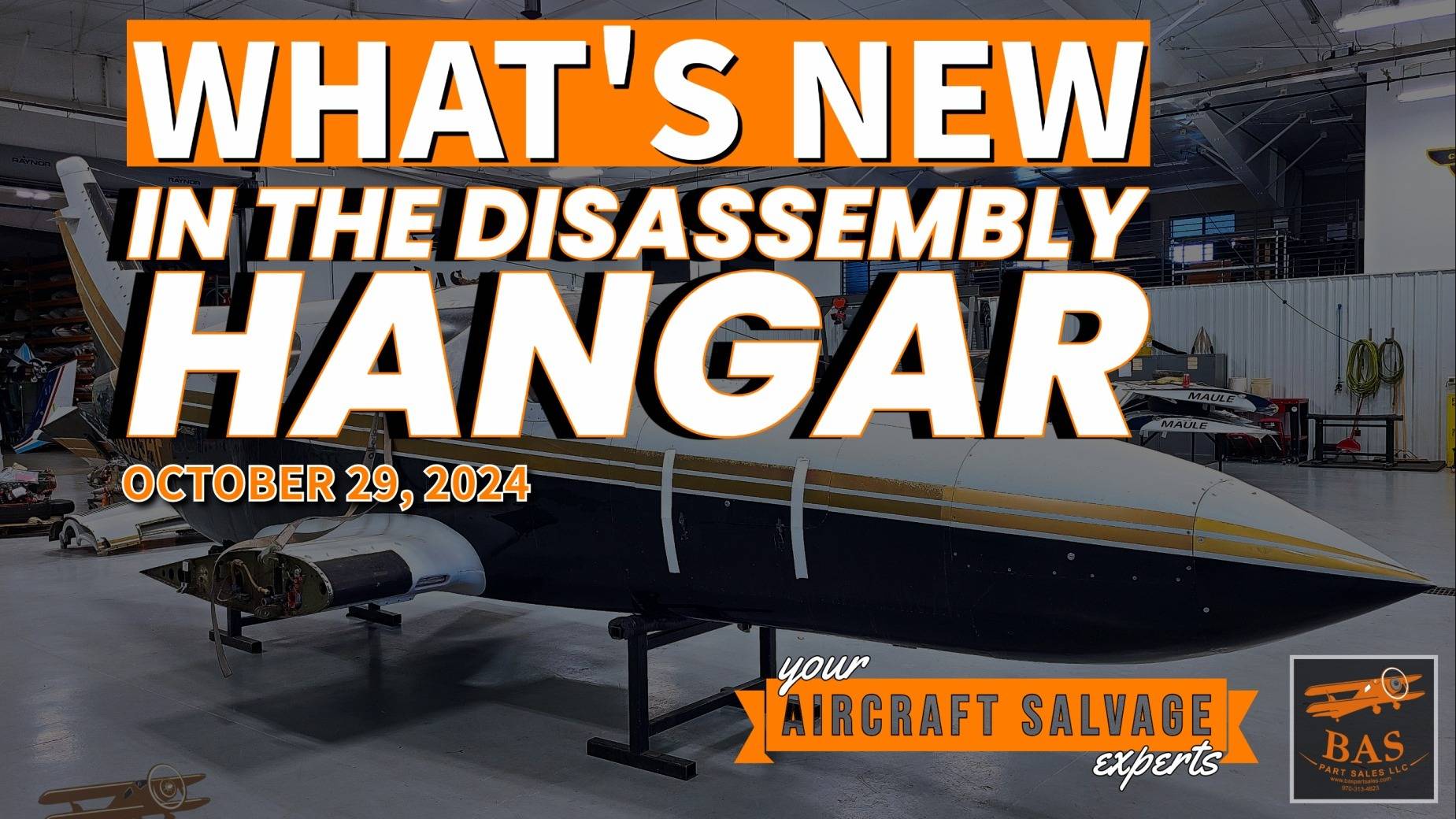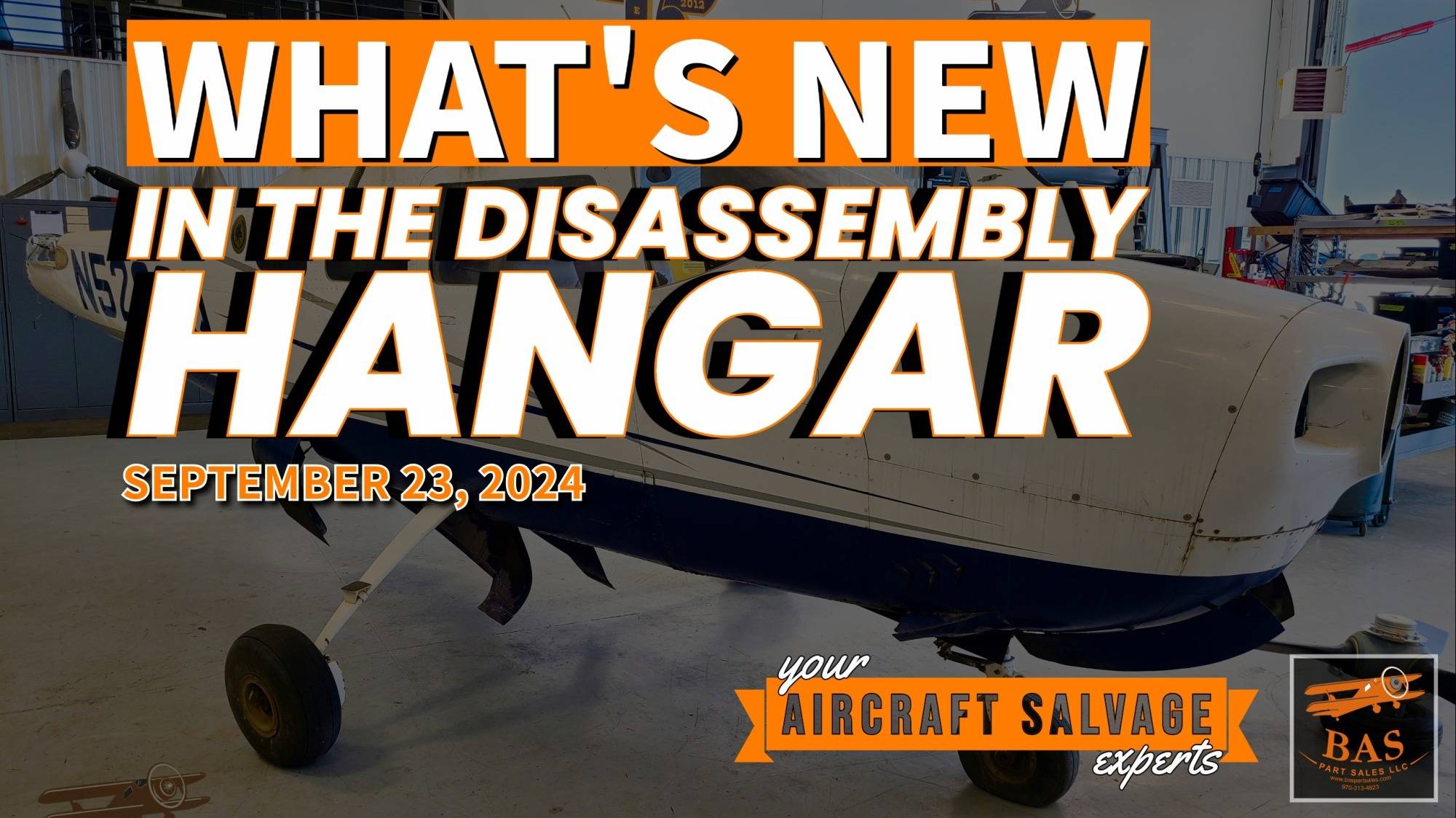Lycoming Engines Airworthiness Directive 2024-21-02
Posted by Clinton McJenkin on Nov 4th 2024
FAA Airworthiness Directive 2024-21-02 addresses potential uncontained engine failure in Lycoming engines due to connecting rod bushing degradation. It requires repetitive oil inspections for metal particles; further inspection and replacement of affected bushings are mandated if found. Multiple Lycoming engine models are affected, with specific part numbers and ship dates outlined in the directive. Non-compliance poses a significant safety risk. As always, consult your preferred professional for details and approved solutions.


The Problem:
Degradation of connecting rod bushings
The primary problem FAA Airworthiness Directive 2024-21-02 addresses is the risk of uncontained engine failure in certain Lycoming aircraft engines. This risk stems from the potential failure of connecting rod assemblies, specifically the small end bushings. These bushings, critical components responsible for bearing the load and reducing friction between the connecting rod and crankshaft, can degrade over time due to factors such as wear and material fatigue. This degradation often goes unnoticed until a catastrophic failure occurs.
The undetected degradation of the connecting rod bushings presents a significant safety hazard. When these bushings fail, the connecting rod can detach from the crankshaft, leading to an uncontained engine failure. This type of failure can result in the ejection of engine components with significant force, posing a severe threat to the aircraft and those on board. Furthermore, the sudden loss of engine power during flight (in-flight shutdown, or IFSD) can lead to loss of control and potentially a fatal accident.
Engines Impacted:
The AD affects Lycoming engines with specific connecting rod assemblies and part numbers (P/N) installed within certain ship date ranges. The affected part numbers and their corresponding ship date ranges are listed in Table 1 of the AD:
- LW-13923 (Connecting Rod Bushing): 01/30/2009 – 11/17/2015
- LW-11750 (Connecting Rod Assembly): 01/30/2009 – 11/19/2015
- 78030 (Connecting Rod Assembly): 01/30/2009 – 03/31/2016
- LW-19332 (Connecting Rod Assembly): 01/30/2009 – 01/03/2016
- LW-13865 (Connecting Rod Assembly): 01/30/2009 – 02/14/2017
- 77450 (Connecting Rod Assembly): 01/30/2009 – 02/14/2017
- LW-13422 (Connecting Rod Assembly): 01/30/2009 – 02/14/2017
- LW-13937 (Connecting Rod Assembly): 01/30/2009 – 02/14/2017
- LW-15288 (Connecting Rod Assembly): 01/30/2009 – 02/14/2017
The AD notes that these affected parts are known to be installed on numerous Lycoming engine models, including but not limited to: AEIO-320, AEIO-360, AEIO-390, AEIO-540, AEIO-580-B1A, AIO-320, AIO-360, HIO-360, HIO-390-A1A, HIO-540-A1A, HO-360, IO-320, IO-360, IO-390, IO-540, IVO-360-A1A, IVO-540-A1A, LHIO-360, LIO-320, LIO-360, LO-360, LTIO-540, LTO-360, O-233-A1, O-235, O-320, O-340, O-360, O-435, O-540, SO-580, TEO-540, TIGO-541, TIO-360, TIO-540, TIO-541, TIVO-540-A2A, TO-360, TVO-435, TVO-540-A1A, VO-360, VO-435, VO-540, and VSO-580-A1A series engines.
The Solution:
The AD mandates a series of inspections and, if necessary, replacements to mitigate the risk of connecting rod failures. The key actions are:
2. Connecting Rod Bushing Inspection:
If bronze particles are found, the connecting rod bushings must be inspected for damage (deterioration, missing metal, improper fit, movement, or wear). This inspection should be done according to Lycoming Mandatory Service Bulletin (MSB) 630A.
If any bushing fails inspection, it must be replaced with a part eligible for installation (P/N 01K28983) before further flight. This replacement terminates the repetitive oil inspection requirement.
At the next engine overhaul, all connecting rod bushings must be replaced with parts eligible for installation. This also terminates the repetitive inspection requirement.
This is a summary for informational purposes only. Aircraft owners and operators must consult the full text of FAA AD 2024-21-02 for complete details, compliance requirements, and applicable engine models. Failure to comply with this AD could result in serious safety consequences.




